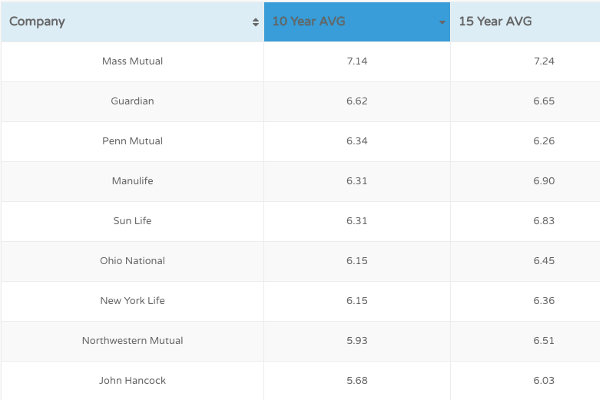Your trusted source for all things related to whole life insurance. In this comprehensive blog post, we will take a deep dive into the world of whole life insurance and explore how it works and the benefits it provides to policyholders. If you have ever wondered about the inner workings of whole life insurance or are considering purchasing a policy, this article is for you.
The cash value can be accessed in several ways, including:
Understanding Whole Life Insurance
Whole life insurance is a form of permanent life insurance that offers coverage for the duration of the insured's life. In contrast to term life insurance, where coverage is limited to a set period of time, whole life insurance provides lifelong protection. It combines a death benefit with a cash value component, making it a versatile financial tool for policyholders.How Does Whole Life Insurance Work?
To truly understand how does whole life insurance works, let's break it down into its key components:1. Death Benefit
The death benefit is the sum of money given to the beneficiaries when the insured person passes away. It is the primary purpose of life insurance and provides financial protection to loved ones in the event of the policyholder's passing. The death benefit is typically tax-free and can be used to cover funeral expenses, pay off debts, or provide ongoing financial support to dependents.2. Cash Value
Whole life insurance is distinguished by the inclusion of a cash value component. As you pay your premiums, a portion of the money goes into a cash value account, which grows over time. The cash value accumulates on a tax-deferred basis, meaning you won't have to pay taxes on the growth until you withdraw the funds.The cash value can be accessed in several ways, including:
- Policy Loans: You can borrow against the cash value of your policy, using it as collateral. The loan must be repaid with interest, but it provides a convenient source of funds in times of need.
- Surrender: If you decide to cancel your policy, you can surrender it and receive the cash value as a lump sum. However, surrendering your policy means you will no longer have coverage.
- Withdrawals: You can make partial withdrawals from the cash value account, which can be useful for supplementing retirement income or covering unexpected expenses. Keep in mind that withdrawals may reduce the death benefit.
3. Premiums
To maintain your whole life insurance policy, you will need to pay regular premiums. These premiums are typically higher than those of term life insurance because they not only provide a death benefit but also contribute to the cash value component. The premiums for whole life insurance stay constant and do not change over the duration of the policy.4. Dividends
Certain whole life insurance policies have the opportunity to receive dividends, which are a portion of the insurance company's earnings that are given to policyholders. They can be used in various ways, such as:- Cash Payments: You can choose to receive dividends as cash, providing you with additional income.
- Premium Reduction: Dividends can be used to reduce future premium payments, making your policy more affordable.
- Paid-Up Additions: Dividends can be used to purchase additional coverage, increasing the death benefit and cash value of your policy.




